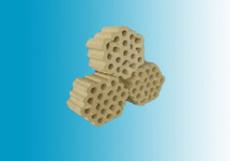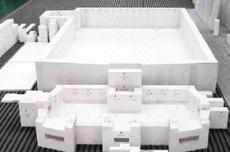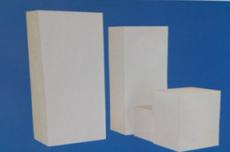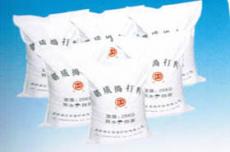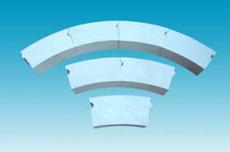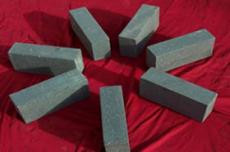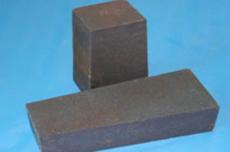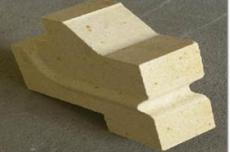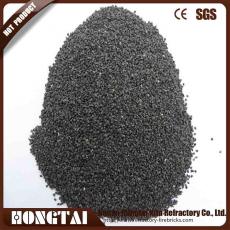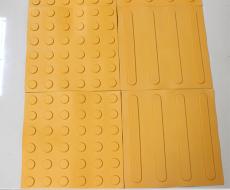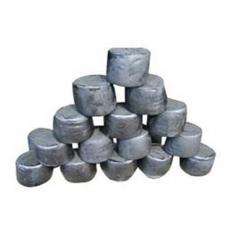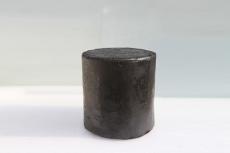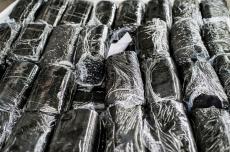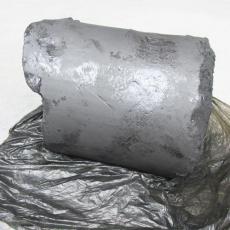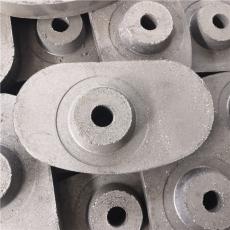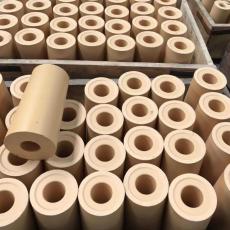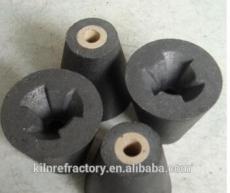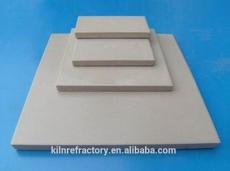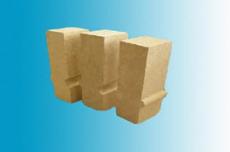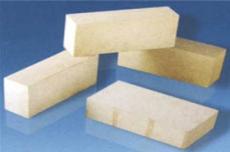
The furnace body consists of furnace wall, furnace bottom and furnace top. The end burner is installed on the end wall on one side of the furnace, the discharge door is installed on the end wall of the soaking section, and the feed door is installed on the end wall on the other side. In addition to the furnace door and manhole, the side burner is sometimes installed on the side wall of the heating section; the bottom of the push-type steel furnace is composed of soaking bed, water-cooled pipe slide or ceramic slide brick, and the bottom of the walking furnace is composed of fixed beam (bottom) and walking beam. Usually, the furnace bottom refers to the solid furnace bottom made of bricks or amorphous refractory materials. The furnace top is divided into arched top and flat top. The furnace top is affected by high temperature, air flow scouring, thermal stress and other factors, especially the furnace top of the front of the heating section and the soaking section, which is easy to be damaged.
1. Brick furnace body. The furnace lining is made of insulating bricks and refractory bricks. The insulation layer of the furnace is made of clay or high-alumina insulation bricks, floating bead bricks, diatomite bricks and refractory fiber felt, with a thickness of 113~2300mm. The working layer of the furnace wall is built with clay refractory bricks, with a thickness of 230mm~400mm. The openings can be made of brick arches, special-shaped bricks or covered with long clay refractory bricks. If the furnace wall is high, high-alumina tensile bricks need to be installed at an appropriate distance to prevent the furnace wall from tipping over. At the same time, the bottom of the furnace wall in the heating section should be thickened to increase its stability. The furnace wall is easily damaged by the collision of the steel billet. The openings around the furnace wall and the side steel outlet are susceptible to high temperature, rapid cooling, rapid heating and mechanical damage. The working layer of the furnace bottom is 300~400mm thick. The preheating section is built with clay refractory bricks, and the heating section is built with clay or high-alumina refractory bricks. A layer of metallurgical magnesia sand is laid on it. In order to resist the erosion of iron oxide slag, a protective layer can also be directly built with magnesia bricks or magnesia-chrome bricks. Due to high temperature and billet impact, mobile wear, slag erosion and other reasons, the solid bottom soaking bed of the soaking section is damaged quickly. When high-aluminum bricks or magnesia bricks are used as the working layer in this part, the service life is about half a year, and the service life of fused mullite bricks or corundum bricks can be extended to about one year. When the furnace roof is a brick arch, the thickness of its working layer is 230~1200 mm thickened, and the thickness of the insulation brick is 300 mm~300 mm thickened. When using a suspended ceiling, the thickness of its working layer is 230~The thickness of the insulation layer is about 70mm, 250mm. The hanging bricks used to hang the flat roof are divided into single groove type, single-sided groove type, double-sided groove type and clamping type. Generally, soil-turning hanging bricks are used, and high-aluminum hanging bricks are also used in high-temperature areas. The special-shaped hanging bricks commonly used in the lower part of the furnace top pressure do not need to be used as an insulation layer. The service life of the clay refractory brick roof is 1~2 years, and the service life of the high-aluminum brick furnace roof is slightly higher. After changing the fired bricks to unfired high-aluminum hanging bricks, the service life can be increased by about 1 times. The service life of a rolled steel heating furnace is generally 1~3 years under normal operating conditions, and the service life of a forged steel heating furnace is 3~11 months due to intermittent operation, thermal stress and mechanical collision.
2. The furnace body is hoisted with prefabricated blocks. The prefabricated blocks are made of refractory castable materials such as aluminate cement, phosphate low cement and water glass. If the prefabricated blocks are made of clay and refractory castable materials, they need to be equipped with anchor bricks. The prefabricated blocks on the top of the furnace are divided into arched and long strip shapes. If equipped with steel bars, they are placed in the non-working layer.
3. The furnace body is made of refractory plastic. The working layer of the furnace lining with anchors is made of refractory plastic. Refractory plastic blanks should be filled in the gaps between anchor bricks or hanging bricks and crushed with a pneumatic hammer or tamping machine. Refractory plastic, including the furnace bottom, is generally constructed in layers and sections continuously, the surface is scraped, the exhaust holes are tied, and the expansion joints are cut. The refractory plastic lining has the advantages of strong integrity, good sintering, and high high temperature strength. Therefore, the furnace lining generally does not peel off, and the service life is about 13 years.
4. Cast the furnace body with lining castables. The working layer of the furnace lining is cast on site with refractory castables. The structure of the furnace wall and furnace roof is the same as that of the refractory plastic furnace. After the anchor bricks or hanging bricks are installed in place, the refractory castable mixture is arranged from one side, and then vibrated and compacted with a vibrator (handheld), and continuous construction and timely maintenance should be carried out. Before 1980, the working layer of the furnace lining was generally cast with high-alumina cement or phosphate refractory castables, but the working layer of the furnace lining in the high-temperature area is prone to structural peeling, affecting its use. The service life is generally 2 to 4 years. After 1980, the furnace body generally uses various clay combinations or low-cement series refractory castables to cast the working layer of the furnace lining. Sometimes, the furnace bottom in the high-temperature zone uses wear-resistant and heat-resistant steel fiber refractory castables to cast slag-resistant corundum, mullite or magnesia-chromium refractory castables. The baking time is about 8 days. Under normal operating conditions, the service life of a rolling steel heating furnace can reach 4 days ~ 10 years for a forged steel heating furnace, and the service life is 2~4 years.
Burner bricks are refractory products used in various burner parts, mainly playing the role of gathering flames. The flame burner is installed on the furnace roof, and other burners are installed on the furnace wall. The burner brick is trumpet-shaped, composed of one or several pieces, and embedded in the furnace lining. The center is aligned with the center of the burner to ensure effective mixing and preheating of fuel and air, organize the flame shape, and stabilize the combustion process. The bricks and the linings around them are often affected by high temperature, sudden temperature changes, and airflow scouring. Damage is very fast. The service life of clay burner bricks for gas is about 1 year. When heavy oil is used as fuel, its service life is only 3 years to 6 months. When high-aluminum or silica burner bricks are used, the use effect is improved; the burner bricks made of high-aluminum cement or phosphate refractory castables for gas heating furnaces have a service life of 1~2 years. The burner bricks made of corundum or mullite low-cement series refractory castables for oil heating furnaces have a service life of 6 months to 3 years.
